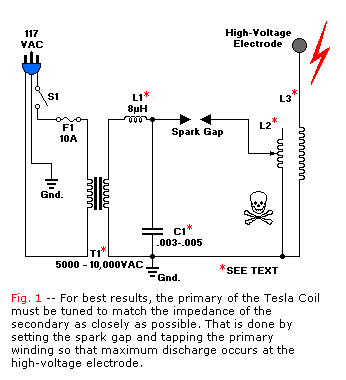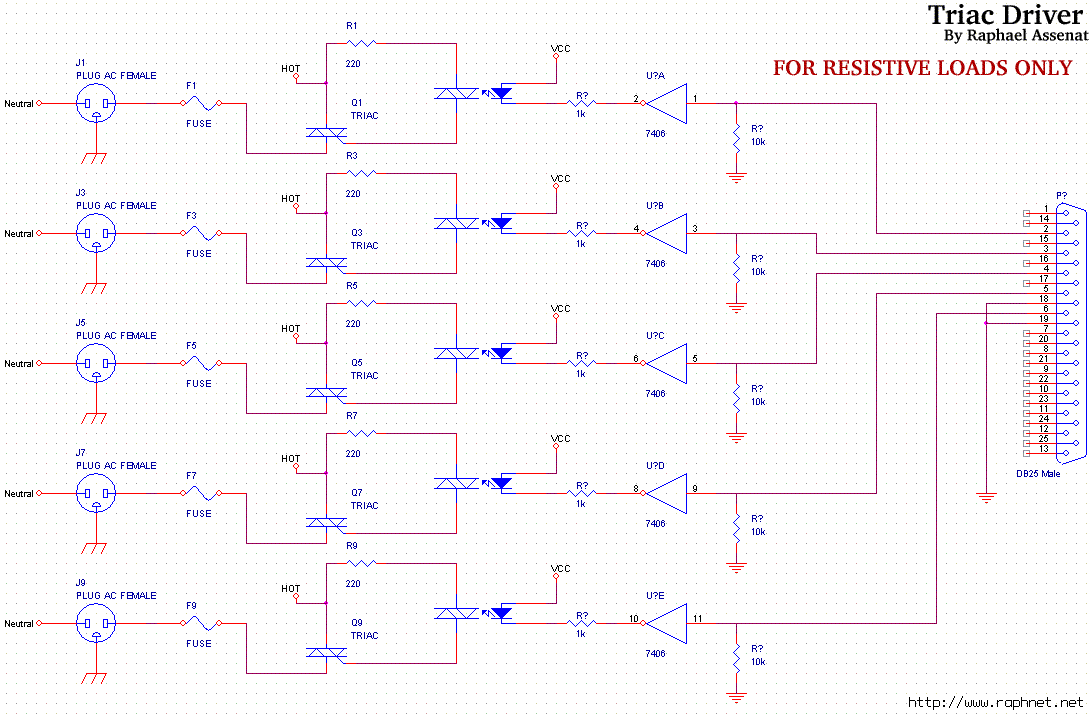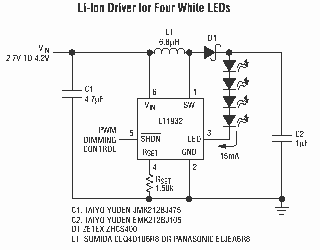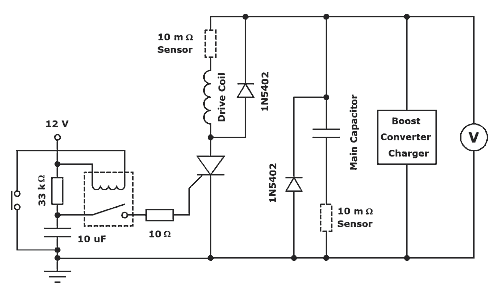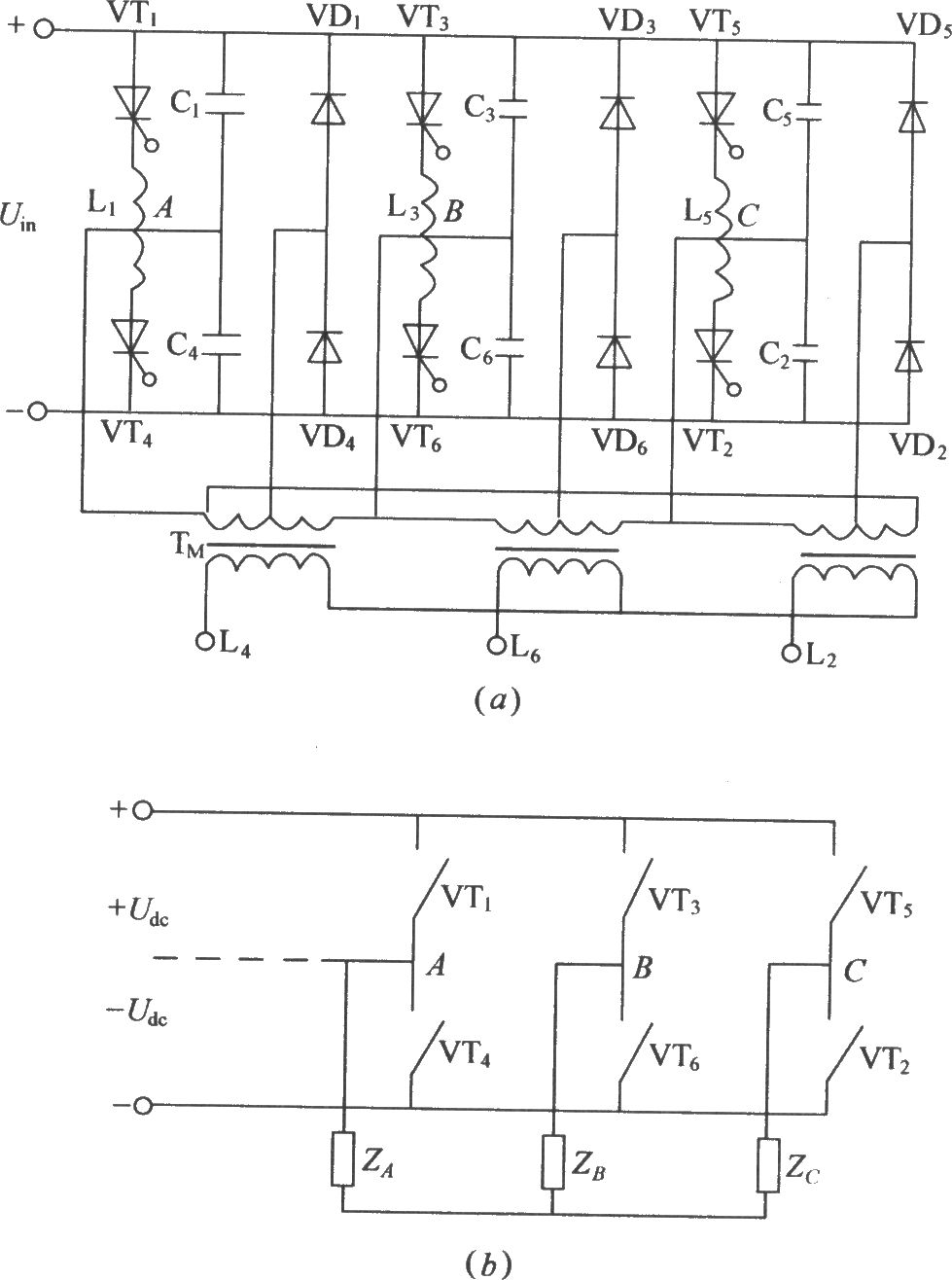
half bridge ignition coil driver

Ignition coil drivers that utilize an oscillator chip like the NE555 and a single switching device are a common beginner high voltage project. This version highlights some of the most important issues associated with this approach. Firstly, a desire for increased power is emphasized, as it not only produces visually appealing arcs but may also enhance performance.
Ignition coil drivers are circuits designed to generate high voltage from a low voltage source, typically using an ignition coil found in automotive applications. The NE555 timer IC is frequently employed in these circuits due to its versatility and ease of use. It can be configured in astable or monostable modes to produce the necessary oscillations required to drive the ignition coil.
In a typical configuration, the NE555 generates a square wave output that controls a switching device, such as a transistor or MOSFET. This switching device acts as an electronic switch, allowing the low voltage input to energize the ignition coil. The ignition coil then transforms this input into a high voltage output, capable of producing sparks for ignition purposes.
However, several challenges arise when using this type of circuit. One significant issue is the limited power output that may not meet the demands of certain applications. As the output voltage increases, the efficiency of the circuit can decrease, leading to overheating and potential damage to the components. Additionally, the design must consider the duty cycle of the NE555, as prolonged activation can lead to excessive heat generation in the switching device.
To address these challenges, modifications can be made to enhance the circuit's performance. For instance, using a more robust switching device capable of handling higher currents and voltages can improve efficiency. Additionally, incorporating feedback mechanisms can stabilize the output and prevent fluctuations that may affect performance.
Overall, while ignition coil drivers based on the NE555 and a single switching device are accessible for beginners, careful consideration of the circuit's design and limitations is essential for achieving desired performance outcomes.Ignition coil drivers that utilize an oscillator chip like NE555 and a single switching device are a very common beginner HV project. In my own version, I pointed out some of most important problems with this kind of approach. Firstly, I wanted more power, which apart from producing good looking arcs may make.. 🔗 External reference
Ignition coil drivers are circuits designed to generate high voltage from a low voltage source, typically using an ignition coil found in automotive applications. The NE555 timer IC is frequently employed in these circuits due to its versatility and ease of use. It can be configured in astable or monostable modes to produce the necessary oscillations required to drive the ignition coil.
In a typical configuration, the NE555 generates a square wave output that controls a switching device, such as a transistor or MOSFET. This switching device acts as an electronic switch, allowing the low voltage input to energize the ignition coil. The ignition coil then transforms this input into a high voltage output, capable of producing sparks for ignition purposes.
However, several challenges arise when using this type of circuit. One significant issue is the limited power output that may not meet the demands of certain applications. As the output voltage increases, the efficiency of the circuit can decrease, leading to overheating and potential damage to the components. Additionally, the design must consider the duty cycle of the NE555, as prolonged activation can lead to excessive heat generation in the switching device.
To address these challenges, modifications can be made to enhance the circuit's performance. For instance, using a more robust switching device capable of handling higher currents and voltages can improve efficiency. Additionally, incorporating feedback mechanisms can stabilize the output and prevent fluctuations that may affect performance.
Overall, while ignition coil drivers based on the NE555 and a single switching device are accessible for beginners, careful consideration of the circuit's design and limitations is essential for achieving desired performance outcomes.Ignition coil drivers that utilize an oscillator chip like NE555 and a single switching device are a very common beginner HV project. In my own version, I pointed out some of most important problems with this kind of approach. Firstly, I wanted more power, which apart from producing good looking arcs may make.. 🔗 External reference
